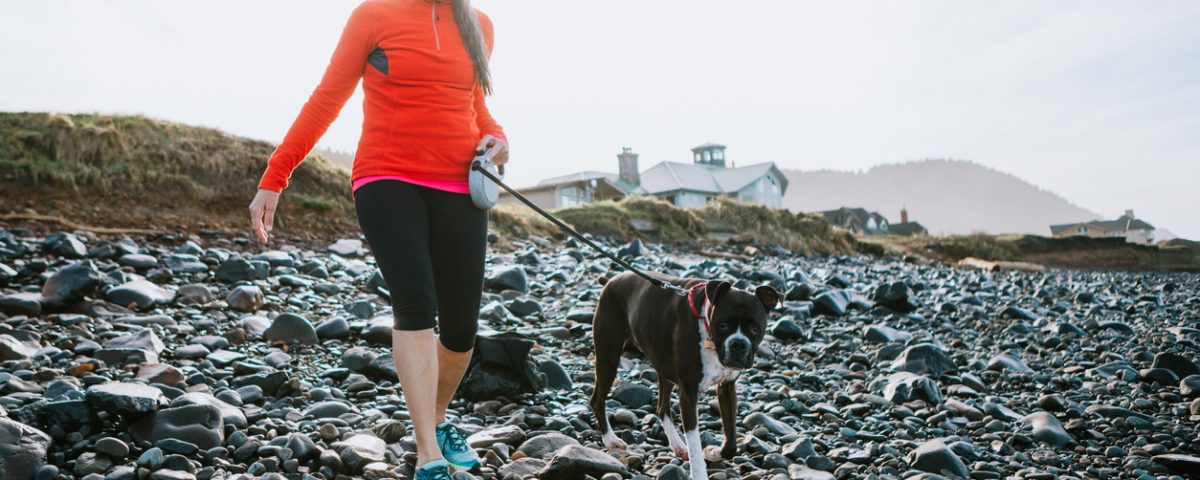
How our Sleep Needs Change as We Age
June 1, 2020Exercise & Your Joints – Top 5 Questions Answered

Ever wondered if exercise affects your joints? How you can support your joints while exercising? Us too!
We set Kelly the task of answering five of the most asked questions about exercise and joints on Google and giving us a few other insights from her perspective than you might not get elsewhere. We hope you learn something you didn’t know before reading!
Movement is fundamental to life. The purpose of a joint is to allow our skeleton to move and bend into whatever position is needed for us to carry out the activities of our lives. Our muscles act as levers so that our bones can be moved around. We have different types of joints for different types of movement. Some joints don’t move at all! But those that do are at greatest risk of injury if we’re not careful.
How does exercise affect our joints?
We all know that exercise is important for our overall health. But did you know exercise is also important for our joints’ health too? You see, the type of joints associated with the greatest range of movement are called ‘synovial joints’. This just means that where the two bones of the joints meet there is a fluid-filled joint cavity.
And why is that? The ends of bones are covered in a glassy smooth covering called cartilage. This provides a frictionless surface for joint movement and shock protection. When this protective covering is eroded, we get the painful movement of bone on bone – otherwise known as arthritis.
But cartilage doesn’t have a blood supply like most normal tissue in the body. Ordinarily, blood supplies tissues with nutrients for growth and repair and takes away waste products. Since cartilage isn’t equipped this way, it is instead bathed in the nutrient-rich fluid found in the joint cavity.
Cartilage is composed of tiny molecules which act like sponges to absorb joint fluid into it. Every time the joint moves, cartilage is compressed which squeezes the fluid out. And when the compression is released, the cartilage slowly sucks the nutrient-rich fluid back up again.
So that’s why movement is essential for the health of our cartilage and our joints. It may even be protective against future degeneration of the joint.
What is the best exercise for your joints?
The best exercise for joints is also the best exercise for your body: any type of movement that challenges you to become stronger and more toned but that can be performed safely, without pain or risk of injury. This means finding the right type of activity to match your fitness level. Going from couch potato to long-distance runner in a weekend is a sure-fire way to injure yourself! And it’s that history of injury that sets the stage for degeneration in the future.
For complete health, we need a mix of the three basic exercise types, aerobic workouts, strength training and flexibility exercises. Each has benefits for joint health.
Cardio training
Cardio training is designed to challenge the heart, increase the oxygen intake of our lungs and work our muscles. That’s why it’s sometimes also called ‘aerobics’ which means “with oxygen”. The goal is to get breathless and puff! For some, walking around the block will do it or up a flight of stairs. For others, it takes more vigorous activity. Greater physical fitness – i.e. better-conditioned heart, lungs and muscles -needs a greater challenge.
Strength or resistance training
Strength or resistance training is about pushing your muscles to work anaerobically, or without oxygen. The muscle tends to be isolated for work with a load applied to challenge it. This type of exercise builds strength in your muscle. It does it by creating tiny micro-tears that – when the proper period of recovery is provided – causes the muscle to rebuild bigger and stronger than before. It’s best never to strength train the same muscles more than a day in a row. Allow at least a day or more in between for the muscle to recover before challenging it again.
Flexibility training or stretching
Flexibility or stretching exercises work to lengthen and stretch muscles and move a joint in its full range of motion. Its purpose is to keep the body supple and able to move in any direction without pain or stiffness. It builds stability along with muscle tone, improves a joint’s range of motion and improves balance to reduce the risk of falls or injuries. Stretching exercises should be performed on muscles already warmed up and slowly without jerky movements to avoid injury
With all exercise types, it is important to perform them with correct posture and form. If you move in a way that is counter to the correct plane of motion a joint allows, injury is sure to follow.
How can I strengthen my joints naturally?
Joints depend on the structures that surround them for their strength and stability. Tendons connect muscle to bone, and ligaments connect bone to bone. All three – muscles, tendons and ligaments – surround and brace a joint to keep it stable and moving in its correct plane of motion.
Muscle tendons are the most important stabilising factor for joints. Tendons are kept taut and strong by the tone of their associated muscle. Thus, the best protection for joint stability comes from keeping the muscles that surround the joint strong and toned.
This can be achieved by a range of exercise types, as discussed above.
Can too much exercise wear out our joints?
Contrary to popular belief, you are not more likely to develop osteoarthritis (commonly called ‘wear and tear’ arthritis) from doing more vigorous activity. In fact, research from Australia on healthy 50-79 year olds adults found that vigorous activity was beneficial for knee cartilage1. It found the more we move, the better and thicker our joint tissue becomes.
Research that has asked the question of whether higher impact exercise is worse for joints has been contradictory. Some said no, some said yes. But these studies often looked at subjects that already had a history of knee injury.
Factoring for this, the conclusion appears to be that there is no specific type of exercise that is more likely to wear out your joints. So despite the greater impact of running or jogging, this is no more likely to ‘give you’ osteoarthritis than lower impact walking or swimming. Basically, the more we exercise, the better our overall health and that includes our joints!
The biggest risk factors for worn-out joints are sedentary behaviour and excess weight which promotes inflammation in the body. Previous injury is also a risk factor for future degeneration as it too involves greater inflammation.
What foods can I eat, or are there any vitamins I can take to support my joints if I exercise regularly?
The best diet for joints is one that minimises chronic, low-grade inflammation in the body. This means saying goodbye to processed, fried, nutritionally-dead food, and hello to fresh, nourishing, natural food.
Say yes to:
Plenty of nutrient-dense plant foods including vegetables, fruits, nuts, seeds, whole grains and legumes. The more colourful, the better – colourful foods are high in protective antioxidants. Use herbs and spices liberally. Lean proteins and healthy fats (think avocado, coconut and olive oils and oily fish) are also essential. These should become your staples.
Say no to:
Processed foods (in packets) and grains, baked or fried foods, excess sugar, excess salt, excess alcohol, and other chemical toxins in your food or environment.
A perfect diet isn’t always possible but aim for the 80/20 rule of choosing healthier options 80% of the time.
Fighting inflammation is a crucial step to ward off degeneration in all respects in the body, this includes your joints. When you need extra support, reach for some anti-inflammatory and joint supporting nutrients. These include herbs and nutrients like boswellia, turmeric, ginger, devil’s claw, celery seed, green tea, fish oils, glucosamine, chondroitin and the sulphur compound MSM. They are excellent, joint-specific substances that can help relieve existing joint pain and prevent degeneration in the first place.
Thanks to Kelly for answering our questions! If you have a question about your joints, it doesn’t have to be exercise-related, get in touch and we could answer it next time.
The Nutra-Life team x
-
Racunica, T. et al. 2007. Effect of physical activity on articular knee joint structures in community‐based adults. Arthritis Care & Research: 57(7):15 October 2007, Pages 1261-1268. Doi.org/10.1002/art.22990



